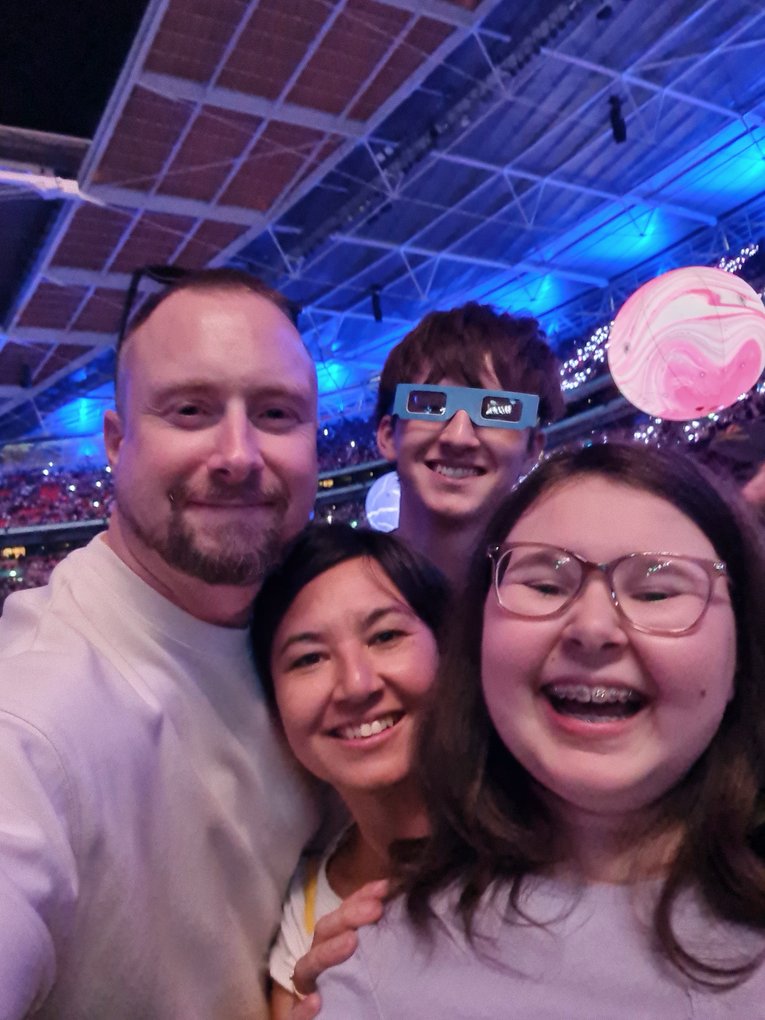
https://www.gosh.nhs.uk/news/microrna-from-stem-cells-could-be-used-to-treat-babies-while-still-in-the-womb/
MicroRNA from stem cells could be used to treat babies while still in the womb
29 Apr 2021, 3:11 p.m.
Using tiny liquid ‘bubbles’ of microRNAs from stem cells, a team of researchers from Great Ormond Street Hospital (GOSH) and The Hospital for Sick Children (SickKids, in Toronto has regenerated under-developed lungs in rats while still in the womb.
As babies develop in the womb, the growth of their lungs is a critical part of development, and any disruptions can lead to under-developed lungs, leading to disability or even stillbirth. Known as ‘pulmonary hypoplasia’, this condition usually occurs alongside other medical conditions or due to other malformations, like when the diaphragm fails to properly close during development. Infants born with the severest cases only have a survival rate of 60% and those who do survive face a lifetime of complications. Treatment options can involve surgery even before the baby is born but irreparable damage is often done to the lungs.
Now, scientists and doctors from two of the world’s leading children’s hospitals have come together to take advantage of the regenerative properties of stem cells isolated from amniotic fluid. These cells produce tiny liquid ‘bubbles’, called vesicles, containing microRNAs that boost the genes that support the developing lung. The team found that using microRNAs isolated from a donor’s amniotic fluid stimulated lung growth, proper lung structure, and the creation of lung cells in the laboratory and in animal models of pulmonary hypoplasia.
This research was published in Science Translational Medicine
Professor Paolo De Coppi (pictured), Consultant Paediatric Surgeon at GOSH and Head of Stem Cells and Regenerative Medicine at GOS UCL ICH said: "Stem cells are well-known to have anti-inflammatory effects, but this is the first time we have shown that it is the vesicles – containing microRNA – that are capable of this regenerative effect. By using a donor for the stem cells, we are able to create something you can use ‘off-the-shelf’ and by using the vesicles and not the whole stem cells, we remove the risk of potentially cancerous side effects.”
Professor Augusto Zani, Neonatal and Paediatric Surgeon, Division of General and Thoracic Surgery, and Scientist in the Developmental and Stem Cell Biology program at SickKids said: “We have built on the stem cell research developed by collaborators at GOSH and applied it to a whole new disease – it’s very exciting. Our next steps will be to show that this works in humans but we are hopeful from preliminary data that this will be successful. The long-term vision is to get this treatment into a clinical trial for babies born with severe malformations of the diaphragm.”
All research at Great Ormond Street Hospital is supported by the NIHR GOSH BRC.

Update for patients and families on industrial action - December 2025
As you may be aware, some of our Resident Doctors will be taking part in planned industrial action from 7am on Wednesday 17 December to 7am on Monday 22 December.

‘Ready-made’ T-cell gene therapy tackles ‘incurable’ T-Cell leukaemia
A groundbreaking new treatment using gene-edited immune cells, developed at GOSH and UCL has shown promising results in helping children and adults fight a rare and aggressive cancer

GOSH manufactures new gene therapy for rare condition
A specialist laboratory team based at Great Ormond Street Hospital have manufactured a new gene therapy to treat a baby with the rare genetic condition, Hunter Syndrome.

Celebrating the Impact of the Professor Maria Bitner-Glindzicz Memory Fund
The third annual report of the Maria Bitner-Glindzicz Memory Fund has just been compiled - The fund continues to support ground-breaking research and early career development.
